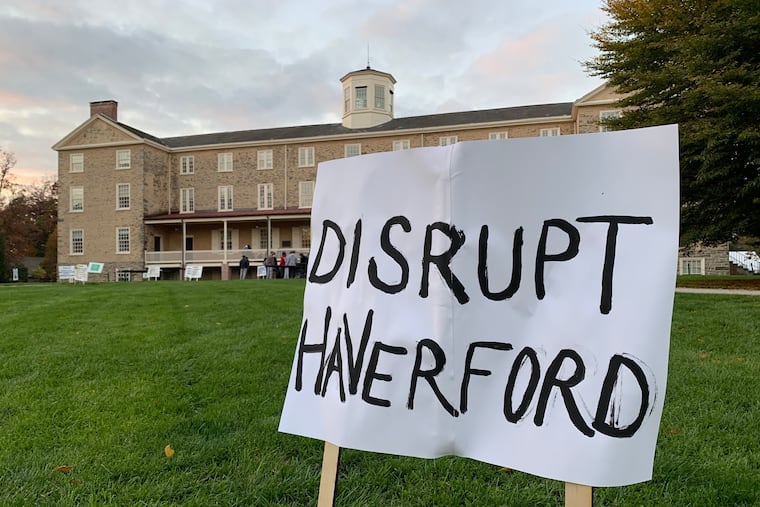Haverford College students launched a strike last fall after a racial reckoning. The impact still lingers.
At the liberal school with Quaker roots, the strike brought antiracism reforms to the campus but also disruption and charges of bullying. The community remains divided over how it was handled.
